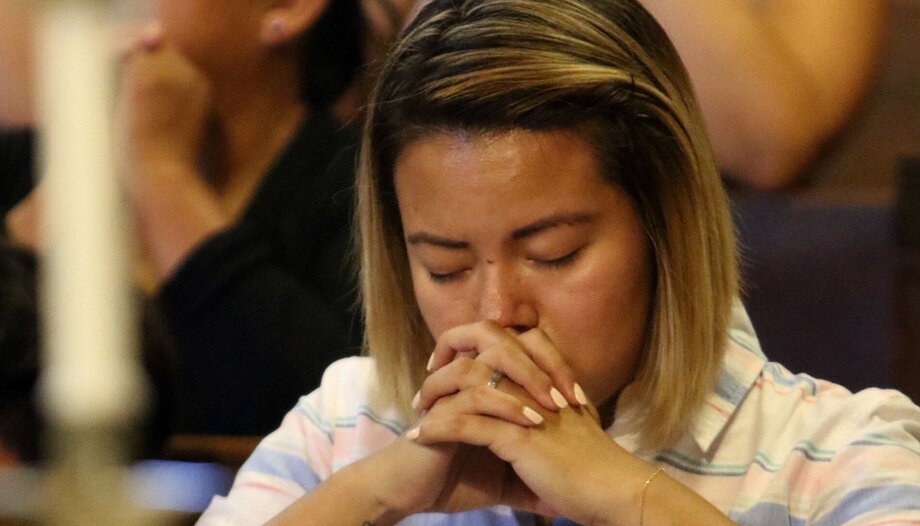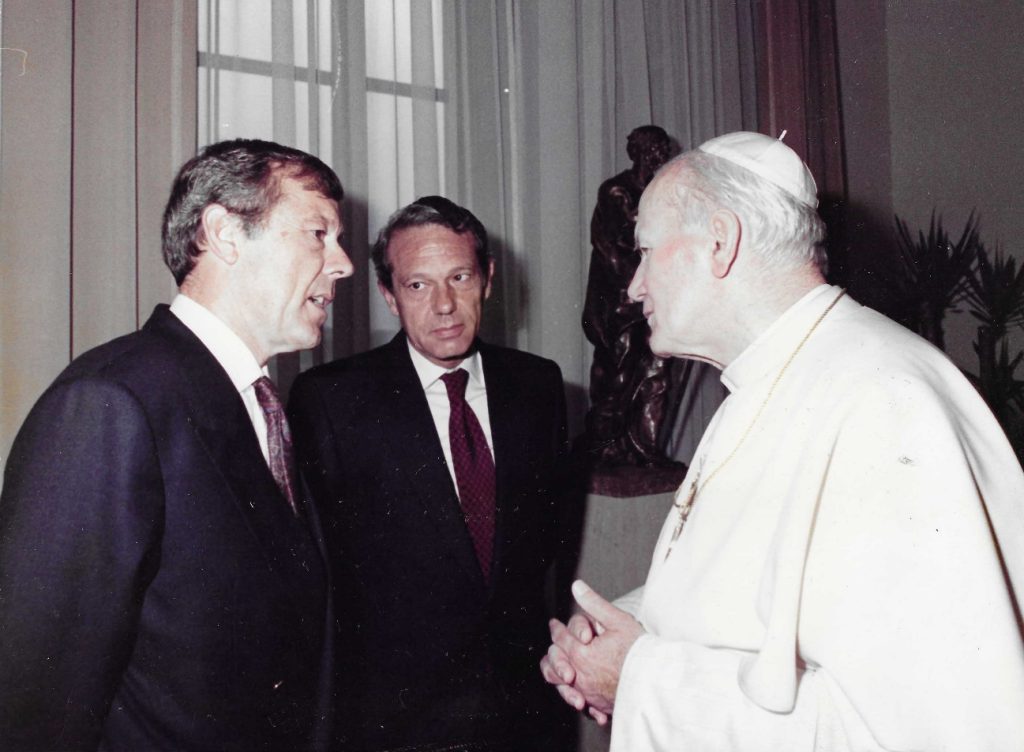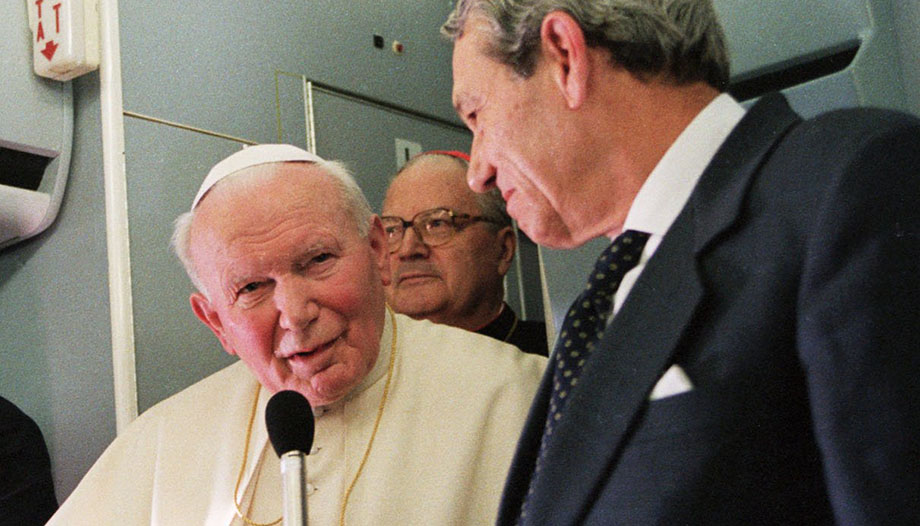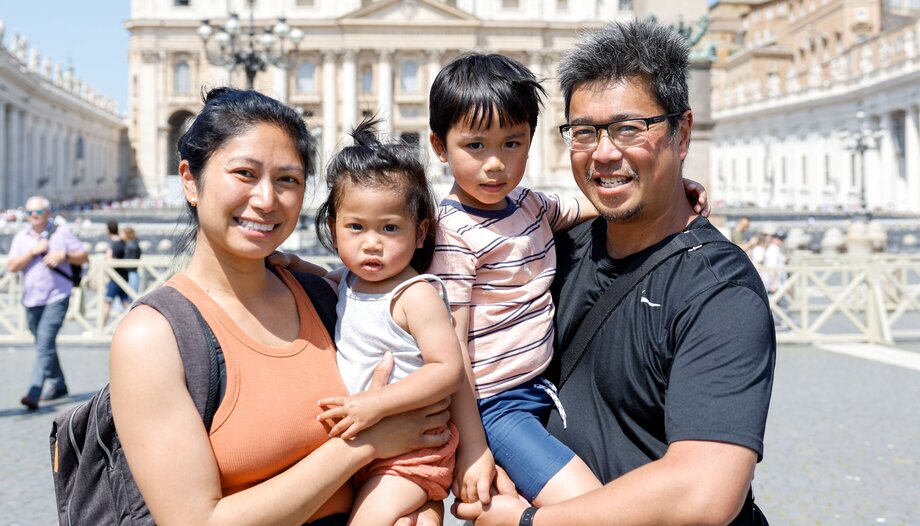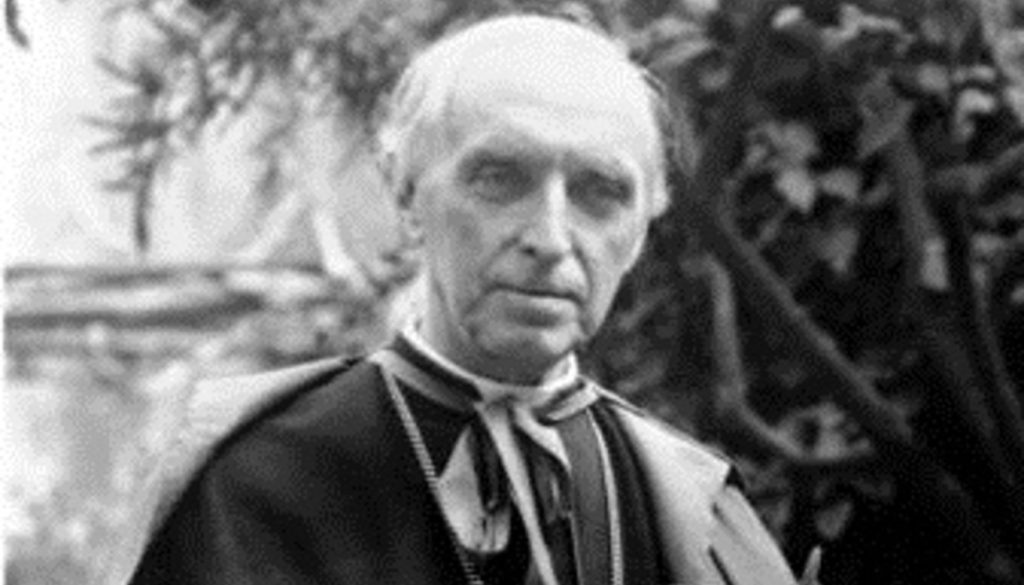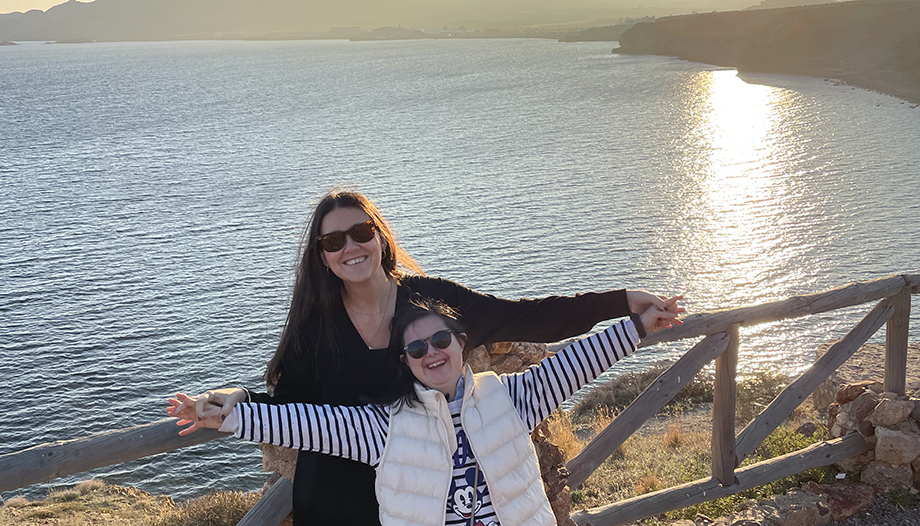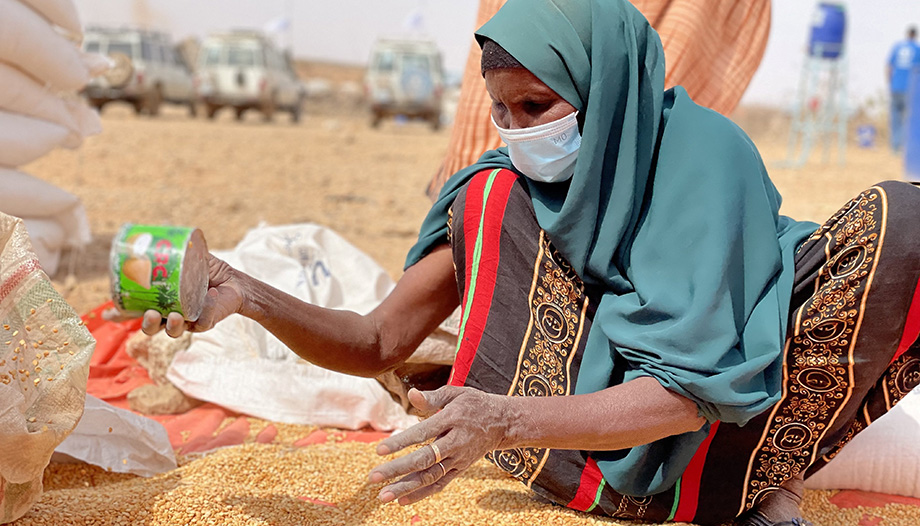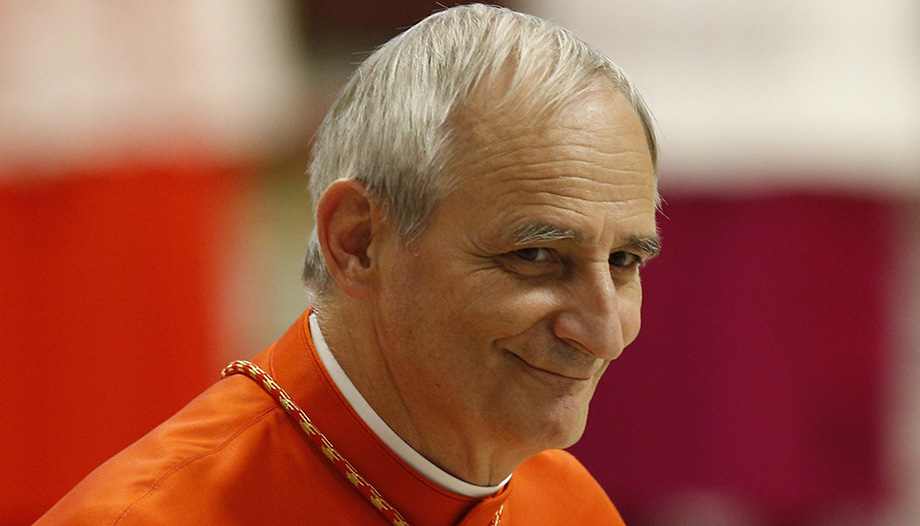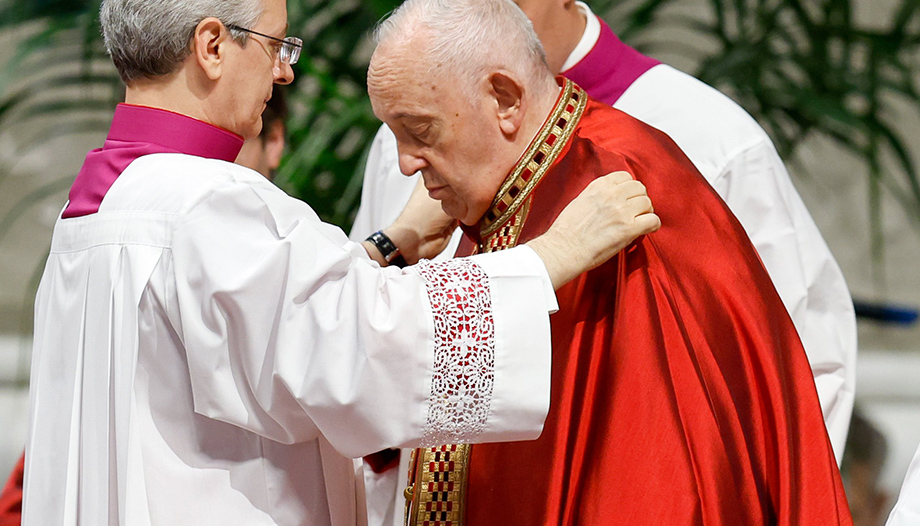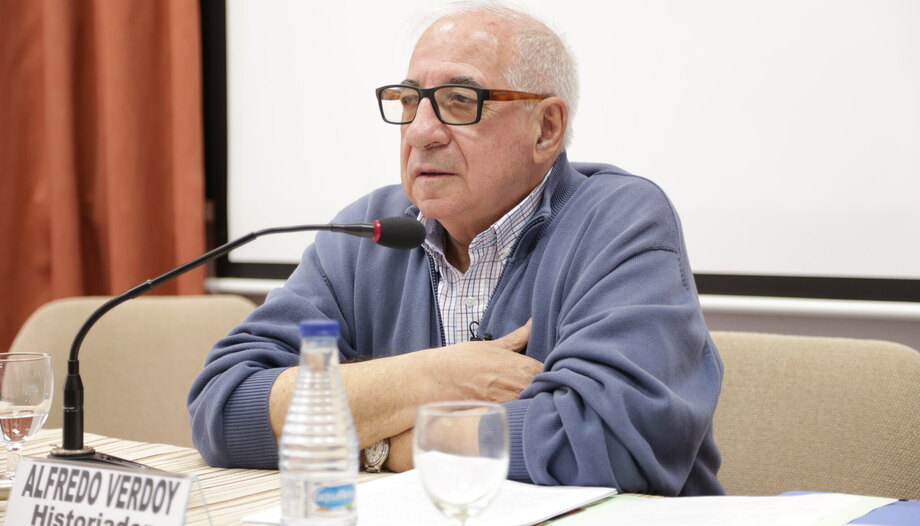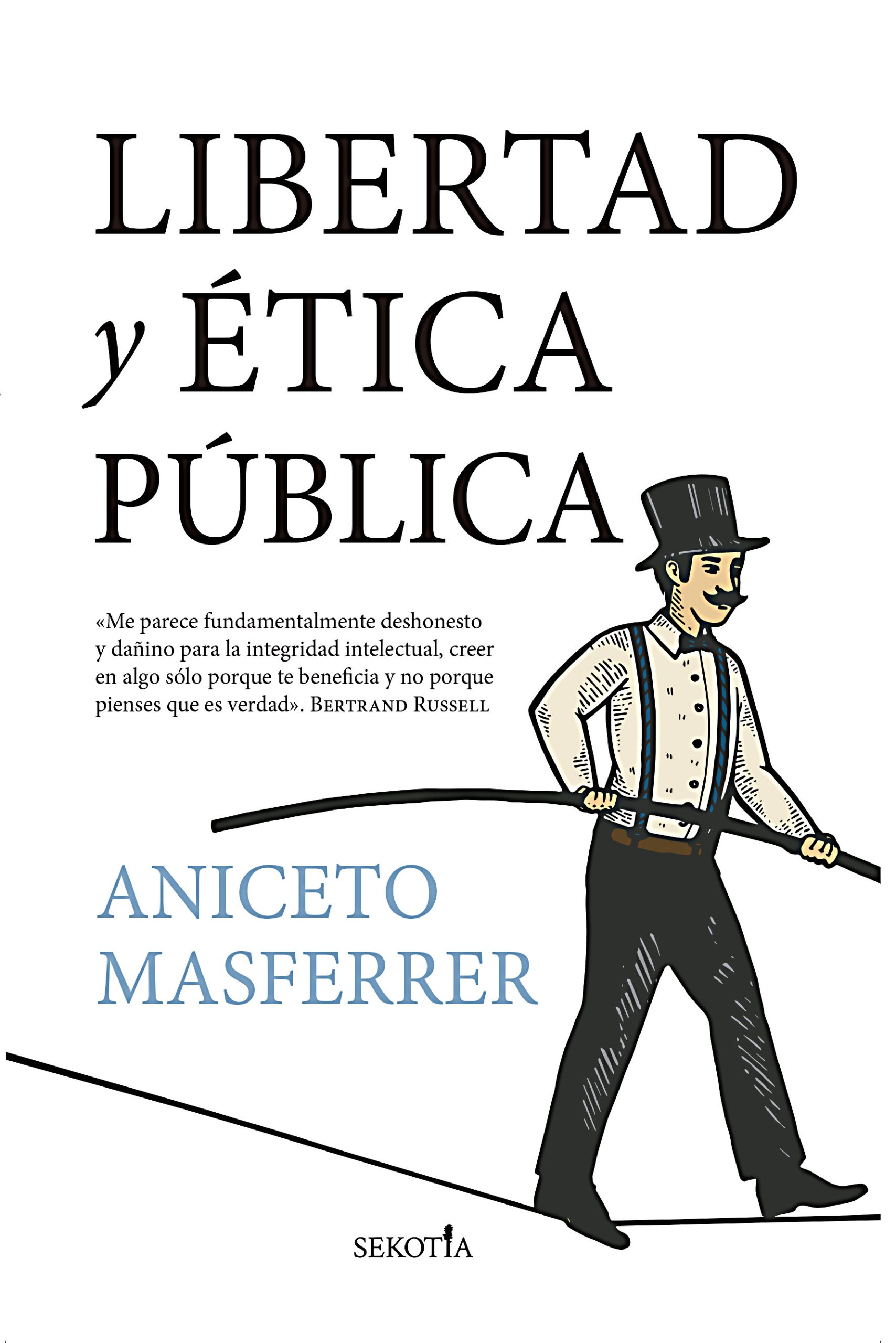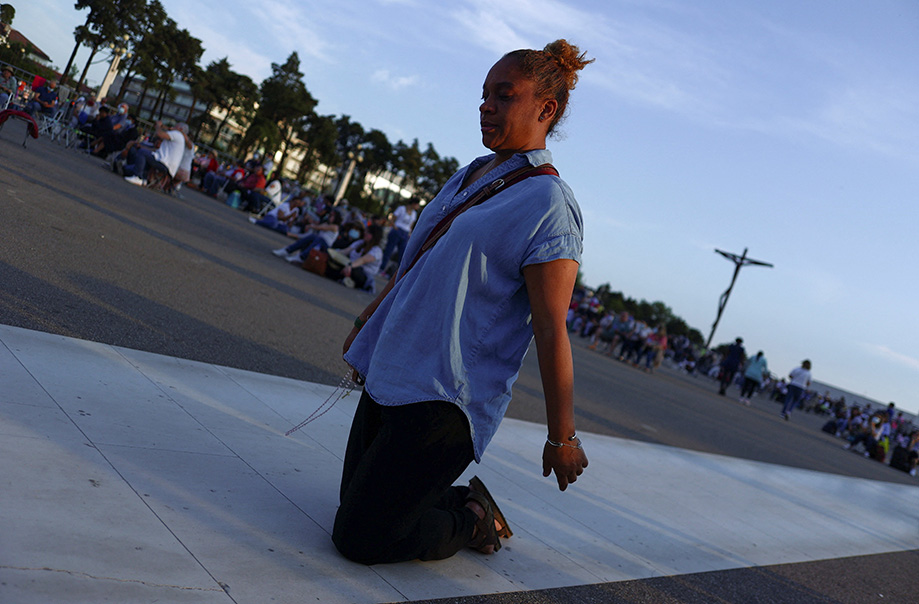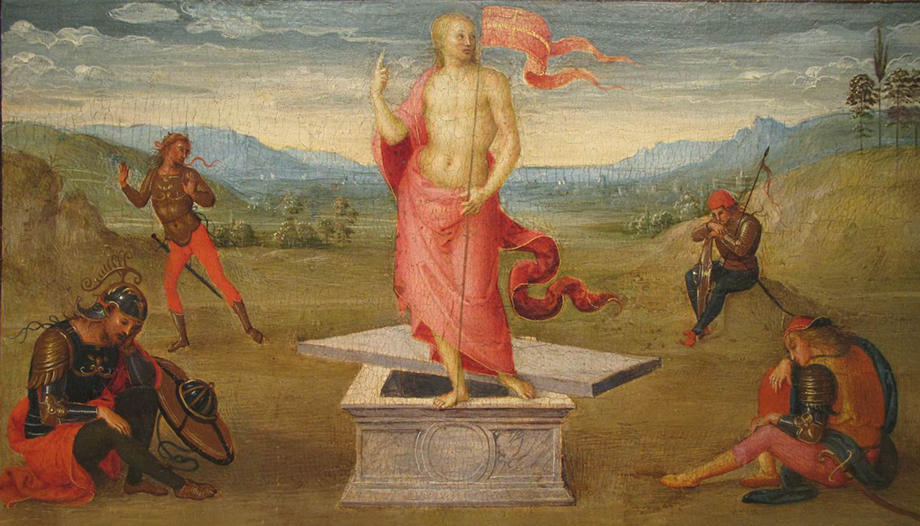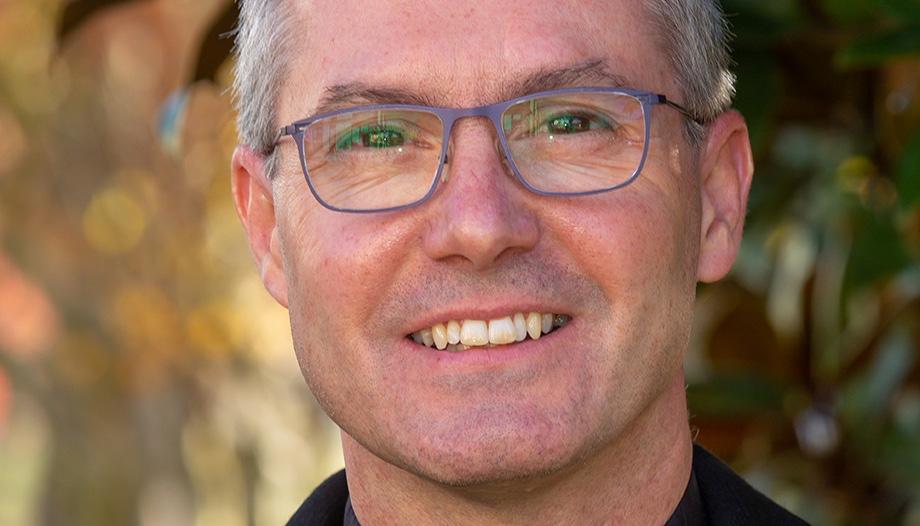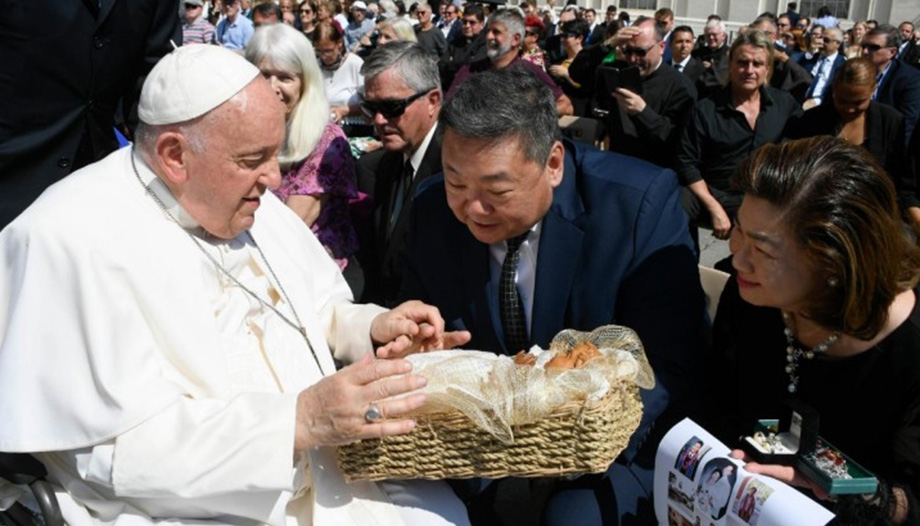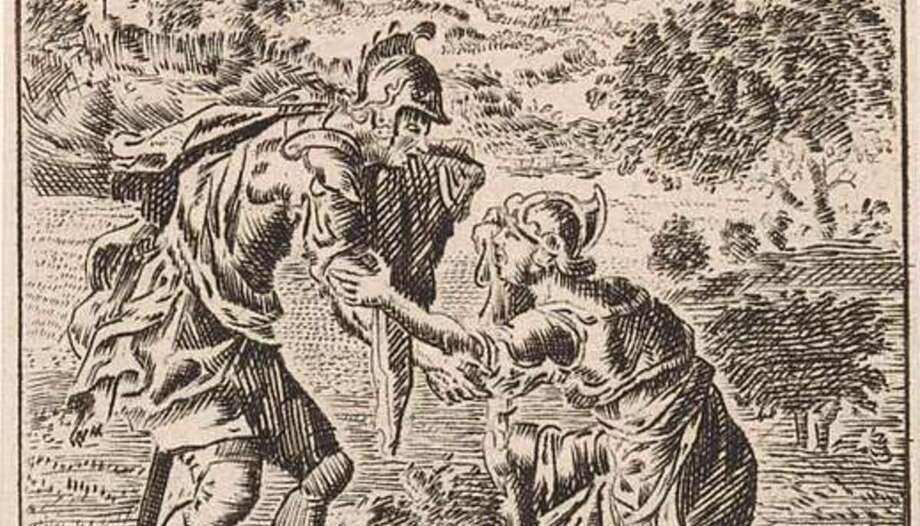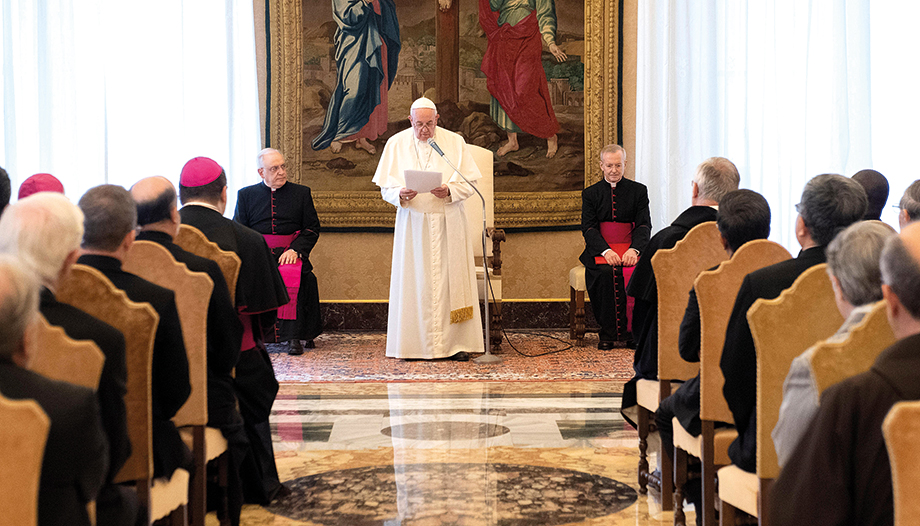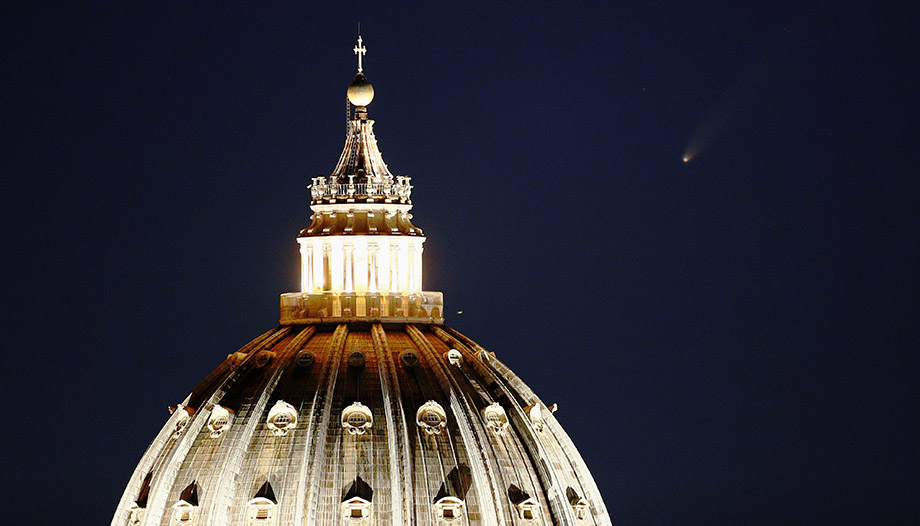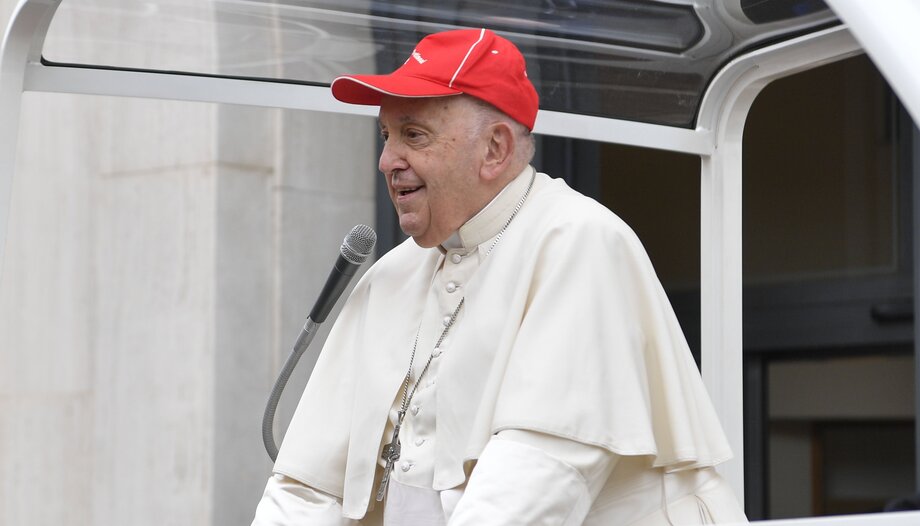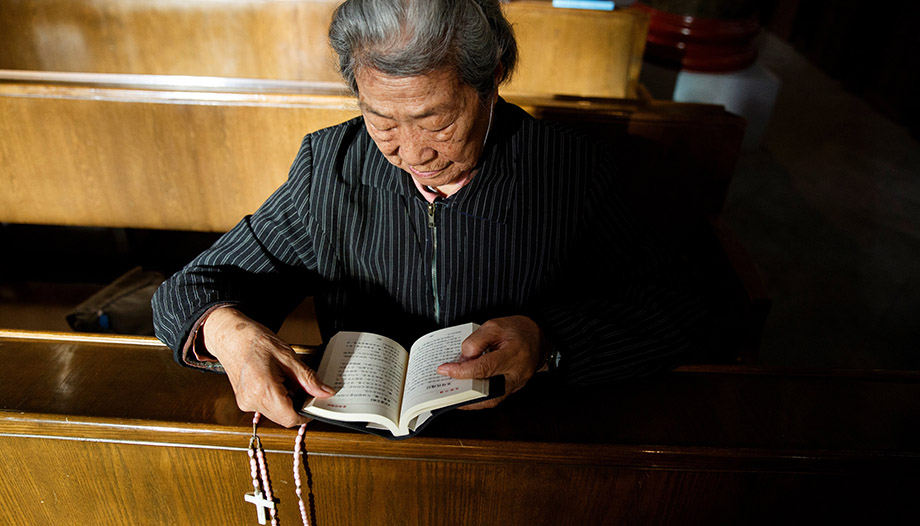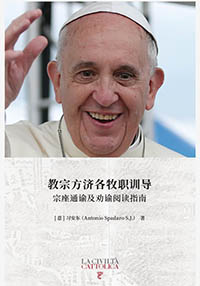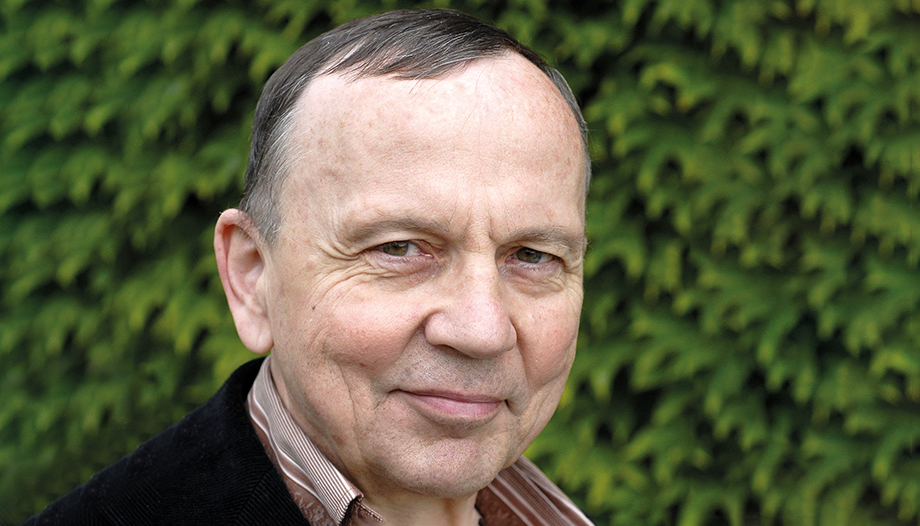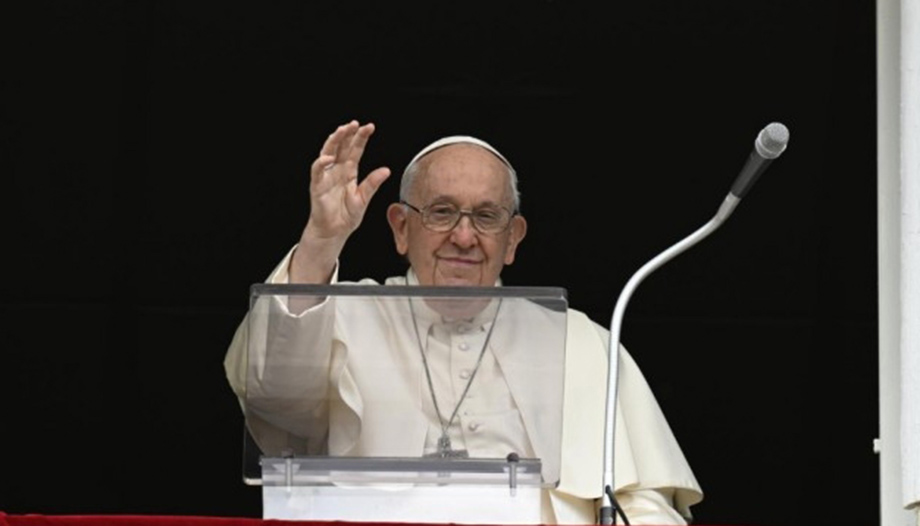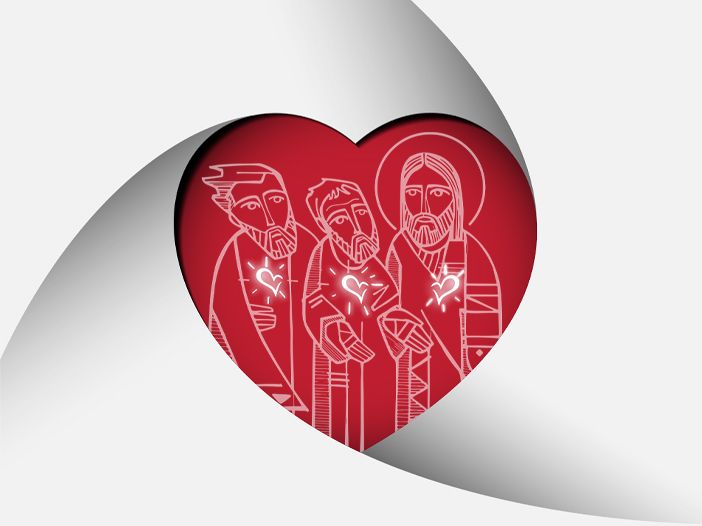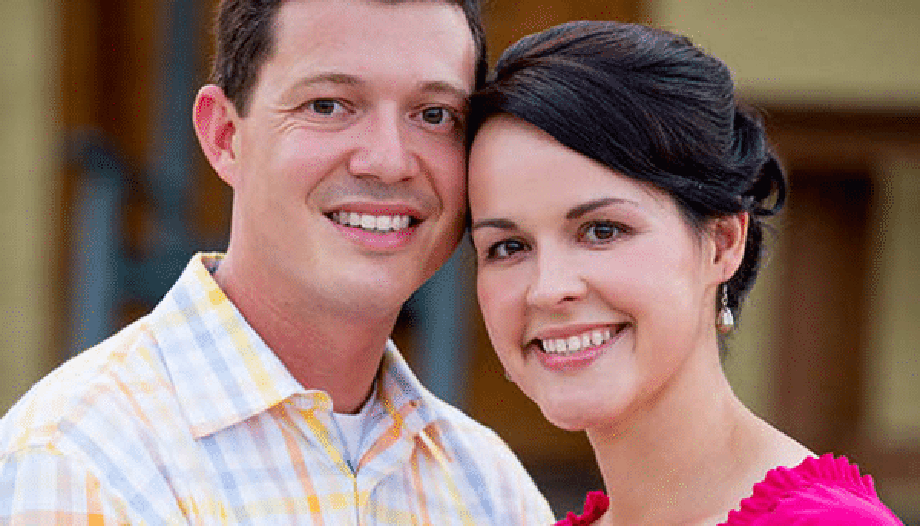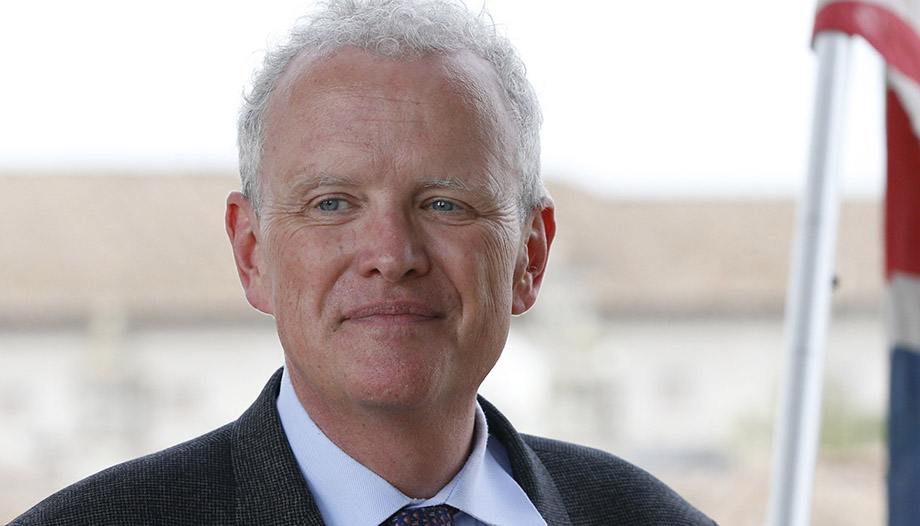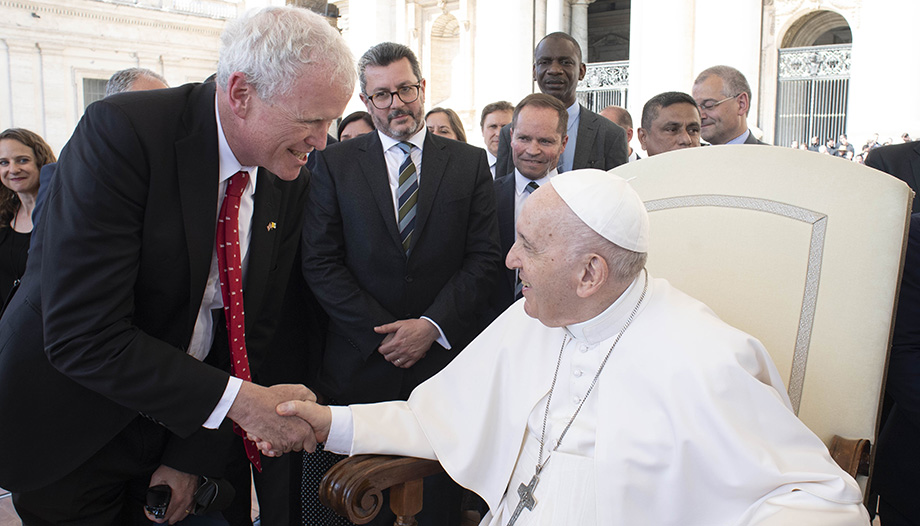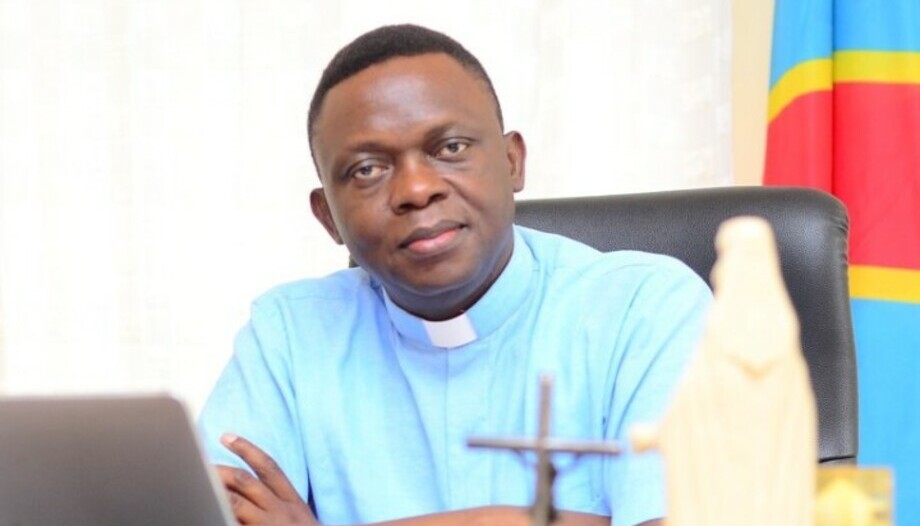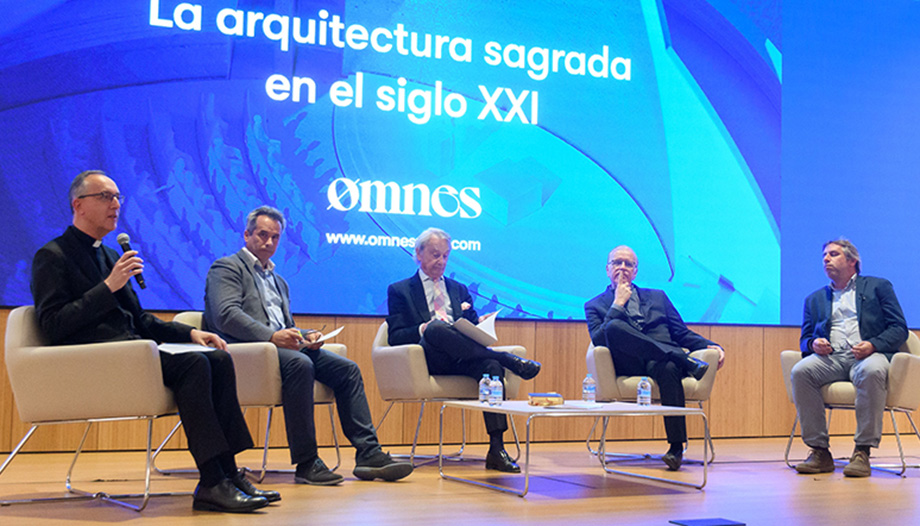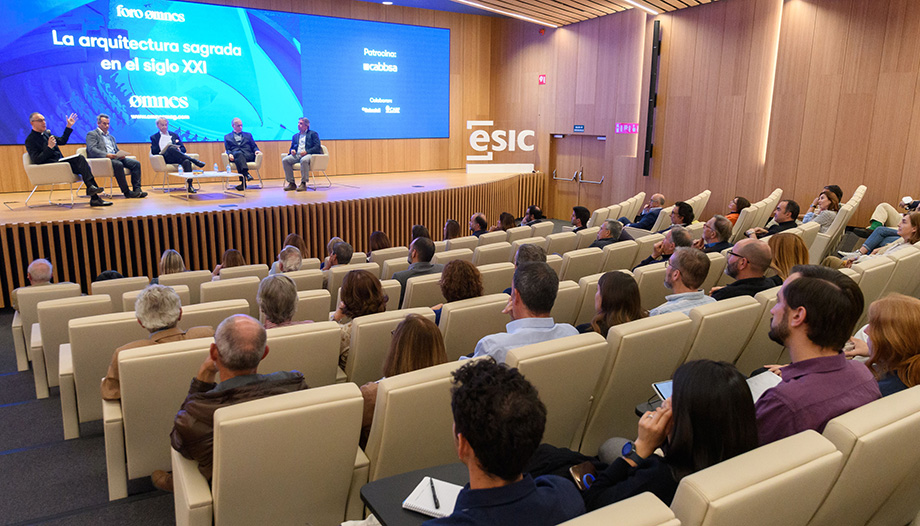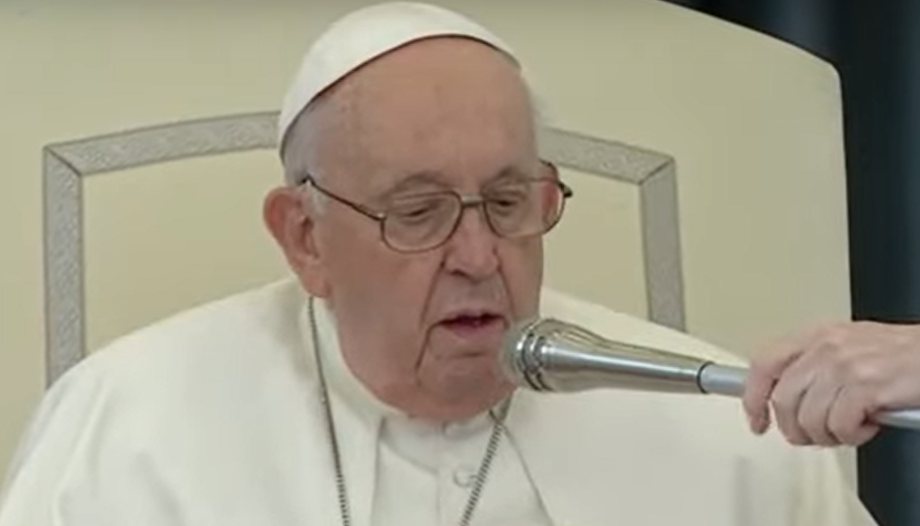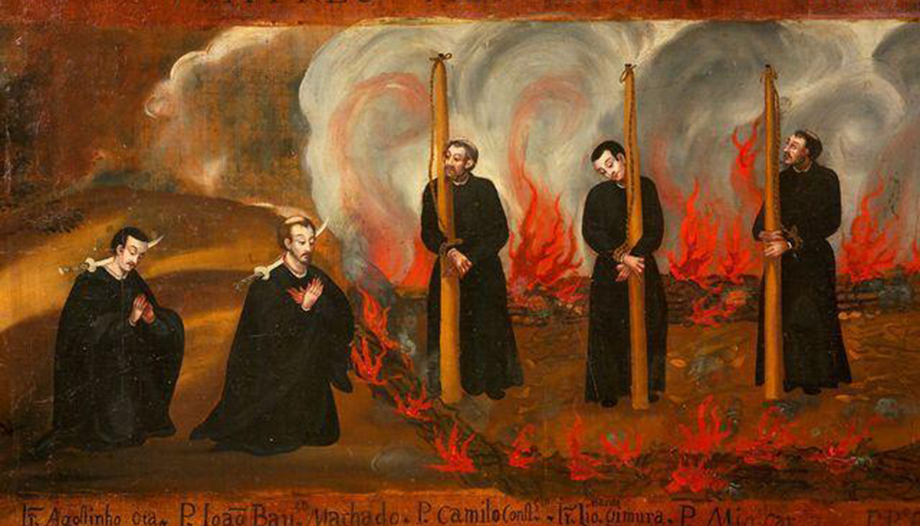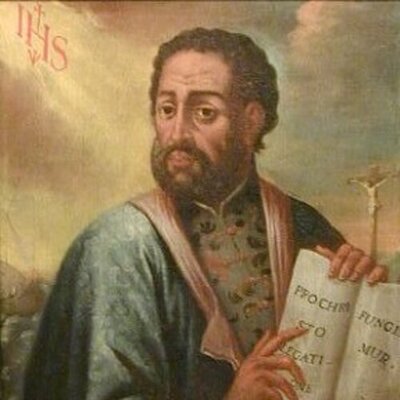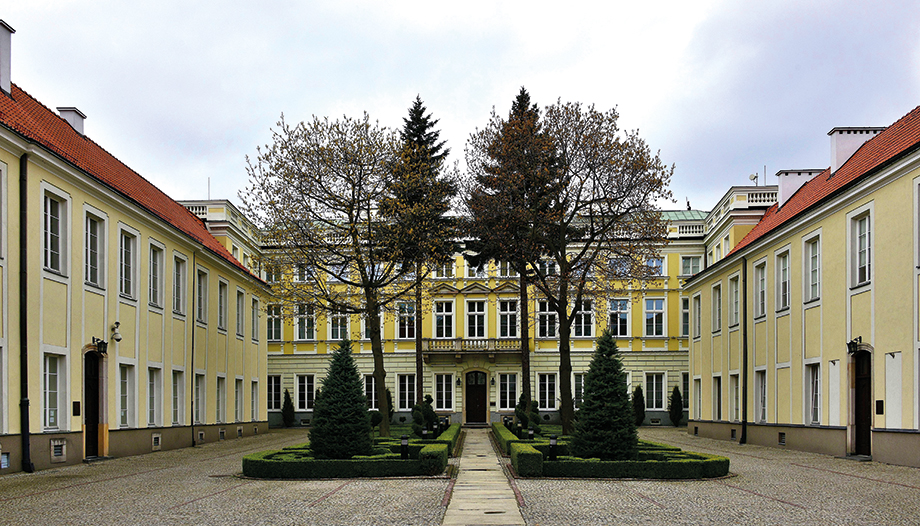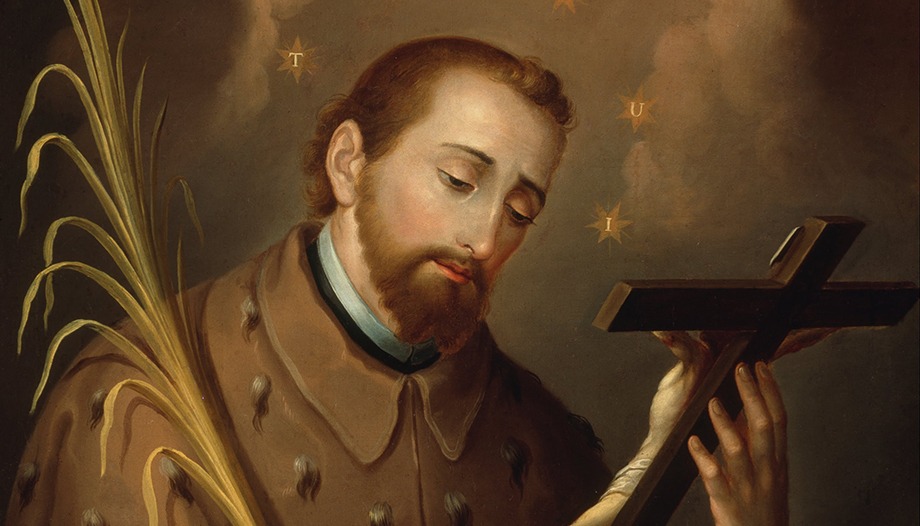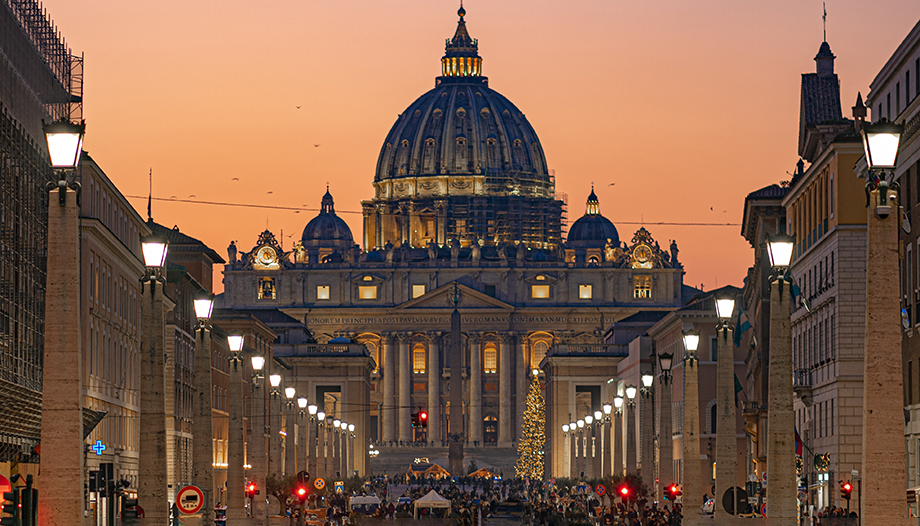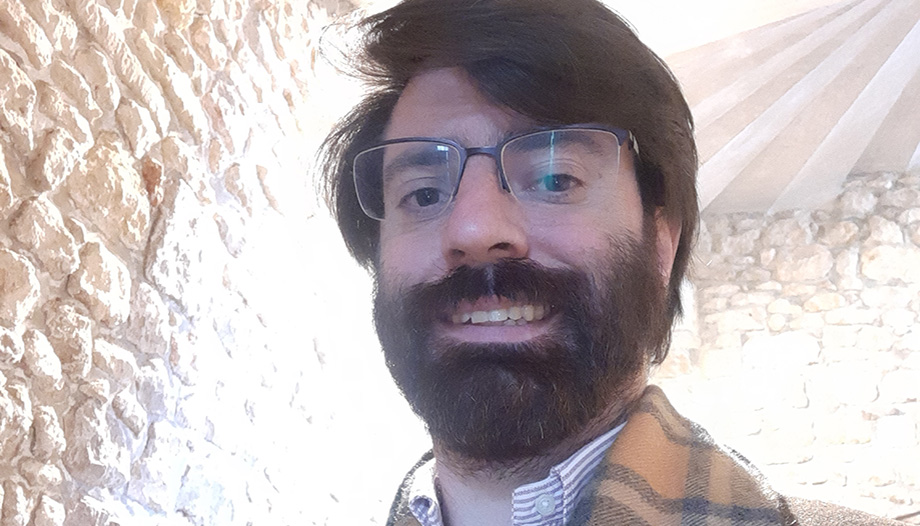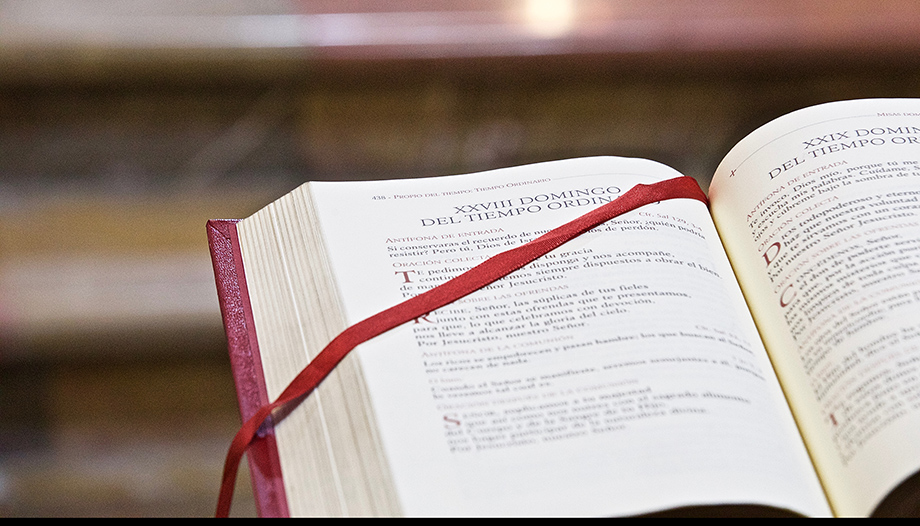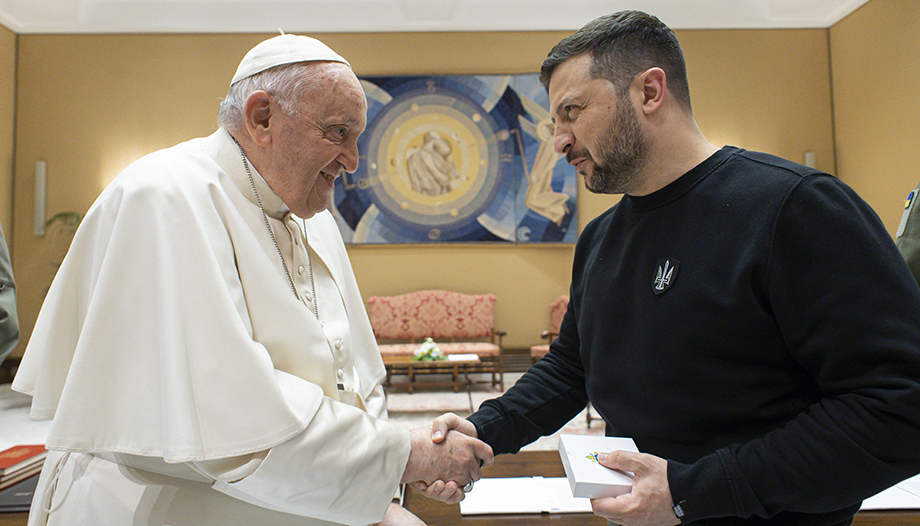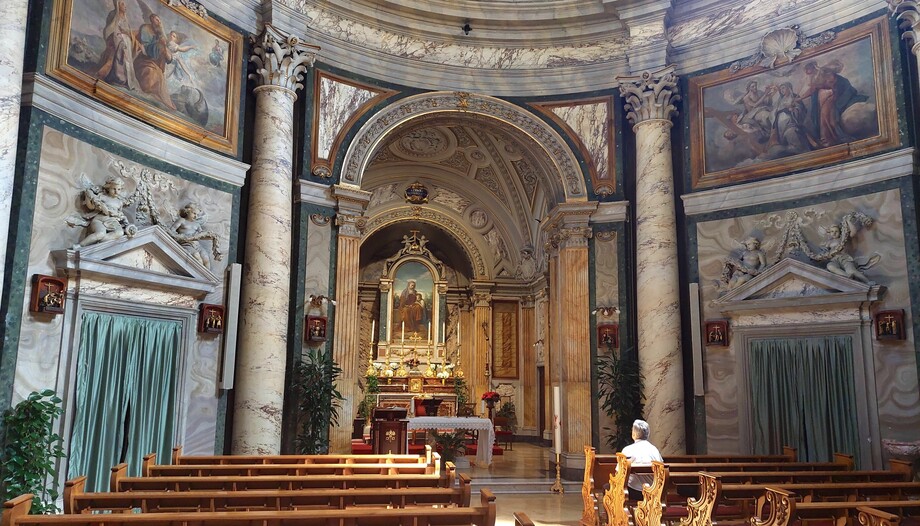"The vast majority prefer not to have to overcome laziness or overcome the fear of thinking for oneself, or assume the risks involved, such as the possibility of being wrong, being exposed and having to rectify," says Professor Aniceto Masferrer (Girona, Spain, 1971), professor of History of Law and Institutions at the University of Valencia, in his recent book, 'Freedom and public ethics'..
Talking to Aniceto Masferrer requires intellectual honesty. And reading him also, because he argues that "a society is more mature and democratic when its individuals are able to strengthen bonds of friendship, also with those who do not think like them, to see those who disagree with their ideas as someone who helps and enriches them, and not as a nuisance or obstacle to their personal fulfillment".
In the interview, the intellectual refers to young people's initiatives that promote the creation of spaces for the free expression of ideas, dialogue and interpersonal relationships. (@FreeThinkers.fu, It's Time to Think, We are Seekersamong others).
On these and other issues, such as the war in Ukraine, we talked with Aniceto Masferrer, researcher and professor at European, American and Oceania universities, and prolific author.
Freedom is the central theme of his recent book 'Freedom and Public Ethics'.
-I think that a life would not be truly human if it renounced to love in freedom, it would not be truly free if it disregarded the truth, and it would not be able to access the truth if it did not think for itself. Freedom is a fundamental feature of the human being. A human life without freedom is no life at all.
According to the postmodern myth of freedom, what one wants is good and what one does not want is bad. It is not admitted that something that one really wants can be bad, nor that something that one does not really want can be good. And it is a 'myth' because reality itself is responsible for denying such an approach. As Ortega y Gasset said, "every ignored reality prepares its revenge".
And his disciple Julián Marías He pointed out that "one can 'in good faith' be in the belief that 2 and 2 are 5. The bad thing is that when one acts according to that conviction, one stumbles against reality, because it does not tolerate falsehoods and always takes revenge on them. From there comes the failure of life".
It is true, as noted by T. S. Eliot, that "the human race cannot bear much reality", but some seem not to bear any other reality or truth that does not coincide with their personal wishes and interests, an attitude criticized by Bertrand RussellI find it fundamentally dishonest and damaging to intellectual integrity to believe something just because it benefits you and not because you think it is true.
In the presentation you referred to the need to stimulate critical thinking. Why this conviction?
-The vast majority prefers not to have to overcome laziness or the fear of thinking for oneself, nor to assume the risks involved, such as the possibility of being wrong, being exposed and having to rectify. An important part of the citizenry prefers to be part of that amorphous mass of which Ortega y Gasset spoke (The rebellion of the masses), lacking personality, who does not think for himself but needs to be thought by another person or collective -sometimes victimized-, limiting himself to imitate and reproduce what he sees in others.
The person who does not think for himself, renounces to be himself and surrenders his freedom, thus feeling protected by an anonymous collectivity from which he no longer dares to dissent. She becomes a living corpse because she is no longer herself, she is not even capable of thinking of being the person she would really like to become. It is the new citizenship that, believing it enjoys a freedom that runs on the fringes of reality, generates disillusionment, emptiness, anxiety and frustration.
Freedom and public ethics
AuthorAniceto Masferrer
Editorial: Sekotia
Pages: 272
Year: 2022
He also alludes to the promotion of dialogue, particularly with those who think differently. On the other hand, the escalation of war in Ukraine continues.
-Human beings have a tendency to sectarianism, which leads them to think that they know best. than others, or that belonging to a group makes one better than the rest. We find it hard to accept that truth, beauty and justice are not the exclusive patrimony of anyone. No one possesses the whole truth, but only parts of it. Perhaps it would be even more accurate to say that it is the truth that possesses someone. But it cannot possess someone who does not dialogue, someone who is not capable of taking seriously the reasons of those who do not think like him.
There are three ways to access knowledge of reality: observation, reflection and dialogue. Without dialogue there can be no knowledge of reality, nor any possibility of advancing or progressing as a society. Hence the importance of encouraging critical thinking and the expression of one's own ideas in a climate of respect for all, and in particular for those who think differently. Otherwise, dialogue is not possible. And without dialogue, there can be no peaceful coexistence in all spheres (family, social, national or between nations). When there is no dialogue, differences are settled with the mere sum of votes or with violence. And the result is usually unreason and the death -both civil and natural- of people, as is happening in Ukraine and in so many other countries around the world.
He points out in his book that freedom of expression, including dissent, and the culture of dialogue, are key to safeguarding democracy...
-Discrepancy is required for one reason of elementary education, and for another of common sense in the coexistence of people with different visions within the framework of a plural democracy. But there is another, even more important reason: only discrepancy allows us to reach a broader and more complete vision of reality, which is never simple, plain and uniform, but rich, complex and multifaceted. The scientist Karl R. Popper stated that "the increase of knowledge depends entirely on the existence of disagreement".. It has also been said, and rightly so, that "the ability to listen to intelligent people who disagree with you is a hard talent to find" (Ken Follet). Indeed, it is easier to cuddle up to those who please us, as children do, because, as Kant said, "It is so comfortable to be a minor!".
However, a society is more mature and democratic when its individuals are capable of strengthening bonds of friendship, also with those who do not think as they do, of seeing those who disagree with their ideas as someone who helps and enriches them, and not as a nuisance or obstacle to their personal fulfillment. To be friends only with those people whose ideas please us and whom we share, is to remain in immaturity, to renounce to a fullness that implies the recognition that one does not have the whole truth and that I can only get closer to it by listening and understanding the point of view of the others..
Why has reason been replaced by ideology?
-Hannah Arendt shows, in The Origins of TotalitarianismThe relationship between totalitarianism and ideology, and points out that "totalitarian domination (...) is aimed at the abolition of freedom, even at the abolition of human spontaneity in general". In reality, human freedom and reason are the great enemies of ideology.
However, it is wrong to think that this threat occurs only in totalitarian political regimes (both right-wing and left-wing), that in many Western countries this danger has been overcome and is now a thing of the past. This was the thinking at the beginning of the last century, as described by Stefan Zweig in his novel Castellio v. Calvino. Conscience versus violence (1936).
You perceive a certain social apathy. Everything is delegated to governments or to the State, and we are content.
-Benjamin ConstantIn his famous lecture ('On the liberty of the ancients compared with that of the moderns') delivered at the Paris Athenaeum in February 1819, he already warned that an excessive intervention of the public power "is always a nuisance and a hindrance". And he added: "Whenever the collective power wants to get mixed up in particular operations, it harms those concerned. Whenever governments pretend to do our business, they do it worse and more wastefully than we do."
Constant urged society to exercise "an active and constant vigilance over its representatives, and to reserve to itself, at periods which are not separated by too long intervals, the right to remove them if they have erred and to revoke from them the powers they have abused."
Linked to the above, are we witnessing in the West the role of states and governments as shaping agents of the fundamental values that sustain coexistence? Or is this perception excessive?
-It is symptomatic that politicians look favorably on the lack of citizen involvement and participation in public life, limited only - at best - to casting a ballot in the ballot box from time to time. The vast majority of today's political class seems to reason in a very similar way to how Constant put it two centuries ago: "The citizen's participation in public life is limited, at best, to casting a ballot at the ballot box every so often.They are completely willing to spare us any concern, except that of obeying and paying! They will say to us: What is the ultimate goal of your effort, of your work, of all your hopes? Is it not happiness? Well, let us do it and we will give you that happiness. No, gentlemen, let us not let them do it, no matter how touching such a touching interest may be; let us beg the authority to remain within its limits, to limit itself to being just. We will see to it that we are happy".
And an issue that the citizenry should never delegate to any power -not even the political one- is that of shaping the public ethics of society, because what is proper to a true liberal democracy is that citizens should be the main agents in shaping public ethics.
I think that in a free and plural democracy, the State should not be the main agent shaping the fundamental values that sustain social coexistence. Neither should the big business, media and financial groups. Otherwise, democracy becomes corrupted and turns into demagogy, easily leading to an authoritarian or totalitarian regime.
This process of corruption of democracy is avoided when the political freedom of a community is based on the sum of individual freedoms, not in the abstract, but in their concrete and free exercise. It is therefore essential that every citizen think for himself, that he express his thoughts publicly in a climate of freedom - regardless of what he thinks - and that he contribute, within his possibilities, to shaping the public ethics of the society in which it is his lot to live.
You note that in the arguments that are offered when presenting legal reforms, there is talk of social demands that are then almost non-existent..., and then the legal is perceived as moral....
-Indeed, the distinction between the legal and moral spheres, so important in Western legal thought and culture, is being lost. In fact, it is a consequence of the lack of critical thinking. Those who do not think for themselves tend to believe that everything legal is morally lawful, and do not realize that some laws passed by the political power may be unjust because they do not safeguard the dignity and rights of all, particularly the most vulnerable.
The history of human rights shows this reality. The recognition of certain rights has often been the response to morally unsustainable social situations.
Untenable was the treatment of the indigenous people in America by some colonists (16th century); untenable were the abuses of religious freedom and the consequent wars of religion (16th and 17th centuries); untenable was the omnipotent power of absolute monarchies (16th-18th centuries); untenable were the conditions of most workers, as well as the undignified treatment of women, children and people without work, sick or disabled (19th and 20th centuries); untenable were the conditions of most workers, as well as the undignified treatment of women, children and people without work, sick or disabled (19th and 20th centuries). XVI-XVIII); unsustainable were the conditions of the majority of workers, as well as the undignified treatment of women, children and unemployed, sick or disabled people (XIX and XX centuries); unsustainable were the philosophical-political theories that propitiated -or even justified- the two world wars (XX century).
Unsustainable is the global dualism that exists today, where some live in the most complete opulence at the expense of many others who lack the essentials to live with a minimum of dignity (drinking water, food, housing, education, communication, etc.), while the rest contemplate - with a certain complicity and helplessness - the wealth of some and the destitution of so many others.It is unsustainable that a part of the world leads a consumerist and hedonistic life, justifying the trampling of the rights of the defenseless, of the most vulnerable beings, of those who cannot fend for themselves, or of those who when they come will no longer be able to enjoy the world and the environment that we currently enjoy.
What would you propose to strengthen civil society? You know the history and you have traveled halfway around the world...
-The key is to return to reality, to live in it, not out of it. I will illustrate this with an anecdote from this week. When I told an administrator at my university that in a few days I would be attending a conference with a paper on sexual freedom in modern criminal law, she interrupted me and asked: "Sexual freedom or perversion of the sexual? I answered her by telling her that I did not think that was the best way to raise the issue in an international congress held in Paris, the city that experienced the revolution of May 68. She told me: "Today there is more perversion than sexual freedom". And she added: "What we have is a lot of ignorance. When you lose touch with reality, it is very easy to blow things out of proportion and lose common sense. This is what has happened with sex in today's society".
It is not necessary to have a great cultural formation to discern between the true and the false, between the good and the bad, between that which humanizes us and that which dehumanizes us; nor is it necessary to have free time that we do not have. It is necessary, however, to find a vital rhythm that allows us to observe reality more attentively, to reflect more critically on what is happening in the world -in our life and in the lives of others-, to have -find or create- spaces that encourage the free expression of our own ideas and dialogue with everyone -including those who think differently- and to promote interpersonal relationships, and promote authentic interpersonal relationships - face-to-face, not virtual - that allow us to strengthen bonds of friendship and mutual collaboration in the search for what is authentic, good and beautiful for society as a whole. This is a human need, an inclination towards what is authentically human.
Along these lines, in recent months several initiatives have arisen in Spain -by young people- that promote the creation of spaces for the free expression of ideas, dialogue and interpersonal relationships (Free Thinkers, It's Time to Think, We Are Seekersamong others). People need spaces of freedom where they can think for themselves, express their ideas and engage in dialogue, activities that are difficult or involve a high risk if carried out in politics, universities and other professional and cultural spheres.
In your book you talk about the dehumanization and politicization of law. Both.
-The law dehumanizes every time it fails to protect the underdog, those who have no voice or are unable to make themselves heard in a society dazed by the din of a strenuous pace of life and the attempt to relieve this tension with entertainment and pleasure, with the danger - today, true and widespread - of falling into addictions (social networks, pornography, alcohol, drugs). Not infrequently, these dehumanizing laws are presented as achievements in the field of rights, sometimes the rights of some at the expense of the life, dignity and rights of others.
It is undeniable that today the law depends excessively on politics; the political class, on the media; and the latter, in turn, on the media. lobbies and pressure groups that defend certain interests unrelated to the common good. Sometimes, under the guise of "protecting" a minority, the general interest is seriously undermined, to the detriment of the rights of the majority.
In this well-known hierarchical structure of interlocking interests, which might make some people think of feudal European society, the fundamental freedoms of which Western civilization prides itself on are often conspicuous by their absence or lack clear and coherent protection.
In your opinion, is intolerance, and even discrimination against Christians for thinking in a certain way, growing?
–Sometimes we cling so tightly to our ideas and conceptions of life that we consider any manifestation of dissent as an affront. We are so ingrained with the idea that personal fulfillment depends on our autonomy of will, that is, that we can only be happy if we are allowed to satisfy our desires or choices, that we consider it a personal attack if someone tells us that there are better options, and that ours is not the best for society as a whole (or perhaps for us). And we take it as something offensive. We are unable to distinguish between criticism of our opinion and respect for our person. And we think that such discrepancy necessarily implies contempt and disqualification.
Hence, many interpret it as offensive that Christians can defend the human life (from conception to natural death), marriage as a lifelong commitment between a man and a woman, etc., and think that they should not impose their views on the rest of society.
Apart from the fact that giving your opinion does not mean imposing (and there should be no second-class citizens who are forbidden to express their opinion), many people seem to be unable to distinguish between understanding themselves and their ideas; hence they conceive any discrepancy to their ideas as a direct attack on their person.
It is time to finish. You speak of fear...
–The antonym of love is not only hate, but also fear, so widespread in today's society. Many people live in fear: of making a mistake -or failing-, of disappointing, of looking bad -and being ridiculed or rejected-. And fear is incompatible with love, as it is with living in freedom. One feels insecure, perceives his lack of knowledge, and chooses to give up to others the task of thinking and expressing his ideas (which are not really his own).
Fear is paralyzing and prevents the free development of one's own personality, confining its victim to the realm of an anonymous and amorphous mass, whose members neither think, nor speak, nor act for themselves, but according to the dictates of a weak thought, but (hyper)protected by force.potestasno auctoritas- which gives it its supposedly majority character, as well as its media, political and cultural hegemony.
I would dare to say that fear is the main obstacle to live authentically in freedom, to be oneself and to live in fullness, achieving the happiness that every human being longs for. Controlling that fear -for it is not a matter of making it disappear or ignoring it completely-, is the key to enjoy a full and happy life. Augustine of Hippo said that there are two ways to make mistakes in life: one is to choose the path that does not lead us to our destination. The other consists of not choosing a path at all because we are afraid of making a mistake.
Succumbing to fear, allowing yourself to be bound by it, choosing not to pursue what excites you and makes you better for fear of error, failure or the effort it may bring, is probably the biggest mistake you can make in your life.
And liberal democracy needs, today more than ever, an active civil society that, by respectfully expressing its ideas and engaging in dialogue with serenity, contributes to shaping a freer, fairer and more humane society.
The authorFrancisco Otamendi 





 The "clave latina" continues to grow in the U.S.
The "clave latina" continues to grow in the U.S.




